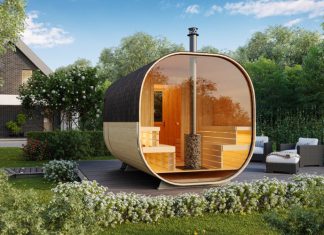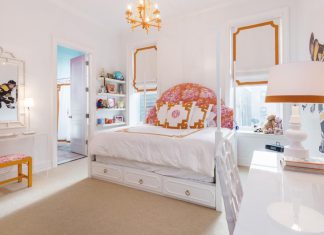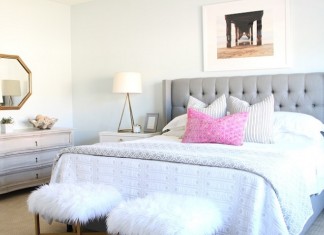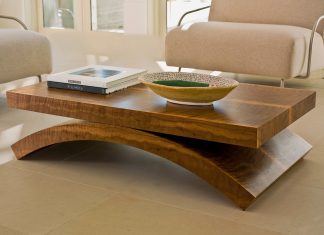Introduction
In an industrial setting, noise is an inevitable part of daily operations. The sound of heavy machinery, motors, and equipment can be deafening and may cause harm to the worker’s hearing health. To reduce the noise levels in industrial facilities, soundproofing curtains can be used as an effective solution. Soundproof curtains are specially designed to absorb and dampen noise, reducing the overall noise levels in the industrial environment.
How soundproofing curtains works
Soundproofing curtains work by blocking and absorbing sound waves as they travel through the air. When sound waves encounter a soundproofing curtain, some of the waves are reflected back towards the source, while others are absorbed by curtain’s material. The effectiveness of a soundproofing curtain depends on several factors, including the thickness and density of the material, the size of the space being soundproofed, and the frequency of the noise being produced. Generally, the thicker and denser the material, the more effective the curtain will be at blocking sound.
Benefits of using soundproof curtains
One of the key benefits of using soundproof curtains in industrial settings is their versatility. These curtains can be installed in a variety of locations, including windows, doorways, and around machinery. They can also be custom designed to fit any space, making them an ideal solution for facilities with irregularly shaped spaces.
- Control the temperature and dust
These types of soundproofing curtains also offer other benefits for industrial facilities. For example, they can help to regulate temperature and humidity levels, creating a more comfortable and stable work environment. They can also provide visual privacy and help to reduce the amount of dust and debris in the air, improving air quality and reducing the risk of respiratory problems.
- Cost-Effective
Soundproof curtains are a cost-effective and flexible solution for reducing industrial noise levels. They are made of dense and heavy materials, such as vinyl or fiberglass, which absorb sound waves and prevent them from traveling through the air. Soundproof curtains can be custom made to fit the dimensions of the equipment or space that requires soundproofing. They are easy to install and can be hung from the ceiling or walls using grommets, zippers, or hooks.
- Flexibility
One of the primary benefits of soundproofing curtains is their flexibility. They can be easily moved and repositioned as required. This is particularly useful in industrial settings, where the layout of the equipment and workspace may need to be changed regularly. Soundproofing curtains can be used to create temporary sound barriers around specific pieces of equipment or areas of the workspace. This allows workers to continue their tasks without being disturbed by the noise generated by nearby machinery.
- Easy to install
Soundproofing curtains are also easy to install and maintain. Unlike traditional soundproofing methods, such as installing insulation or building walls, soundproof curtains require minimal construction work and can be installed quickly and easily. They can also be easily removed and relocated as needed, making them a flexible solution for companies that need to move their equipment or reconfigure their workspace.
- Reduce the noise levels
Soundproofing curtains can also be used to create permanent sound barriers in industrial facilities. These curtains can be installed around the perimeter of the workspace to create a soundproof enclosure. This is particularly useful in factories where loud machinery is continuously running, such as in a printing press or a steel mill. Soundproofing curtains can reduce the overall noise levels in the facility, making it a safer and more comfortable environment for the workers.
Soundproofing curtains offer a high degree of customization and flexibility when it comes to both their design and installation. Here are some possibilities for customization and installation.
- Soundproofing curtains can be custom-made to fit any size or shape of equipment or space.
- It can be made with multiple layers of sound-absorbing materials to increase their effectiveness.
- The materials used to make soundproofing curtains can be selected to allow light and air to pass through while still blocking sound.
- Soundproofing curtains can be made in range of colors and designs to match the aesthetic of the space. This can create a more pleasant and comfortable environment for workers.
- Soundproofing curtains can be designed to create a tight seal around equipment or spaces, preventing sound from leaking out or in.
- It can also be equipped with noise-blocking flaps that prevent sound from escaping through gaps around the curtain.
It is also important to ensure that soundproofing curtains are installed properly. This may involve hiring a professional installer or following detailed instructions provided by the manufacturer. It is also important to regularly inspect and maintain the curtains to ensure that they are functioning effectively.
When selecting soundproof curtains for industrial use, it is important to consider the specific needs of the facility. Factors such as the type of equipment, the noise levels, and the frequency of use should be taken into account. The material used in the curtains is also essential. Some materials are more effective at absorbing sound waves than others. Fiberglass curtains, for example, are highly effective at reducing noise levels and are commonly used in industrial settings.
In conclusion, soundproof curtains are an effective and versatile solution for reducing noise levels in industrial settings. They offer a range of benefits, including noise reduction, temperature and humidity regulation, visual privacy, and improved air quality. When selecting and installing soundproofing curtains, it is important to consider the specific needs of the facility and to ensure that the curtains are made from high-quality materials and installed properly. With the right soundproofing curtains in place, industrial facilities can create a more comfortable and productive work environment for their employees while reducing the impact of noise pollution on the surrounding community.













